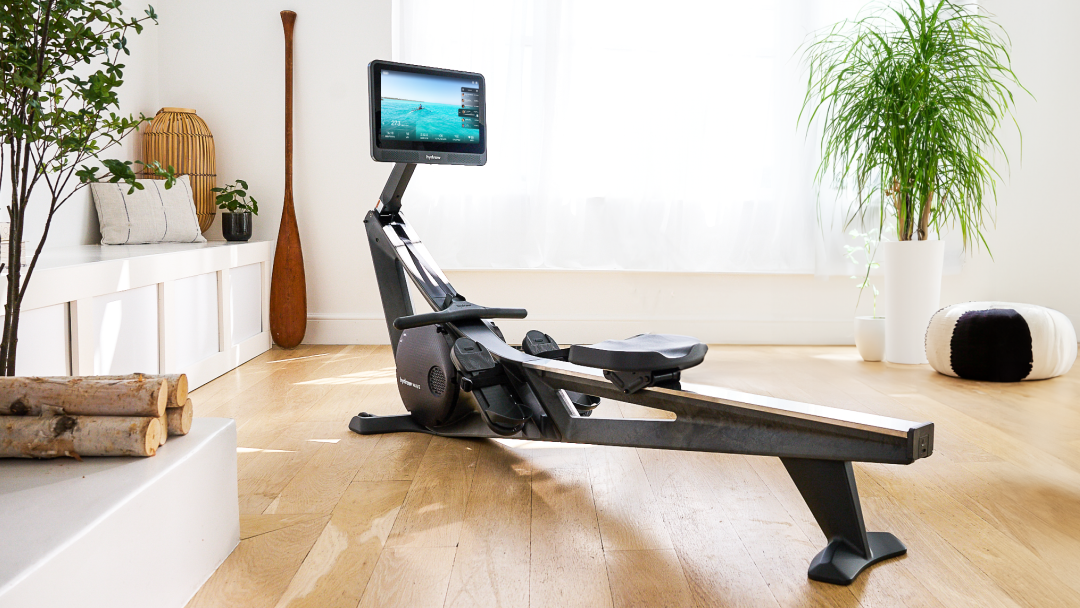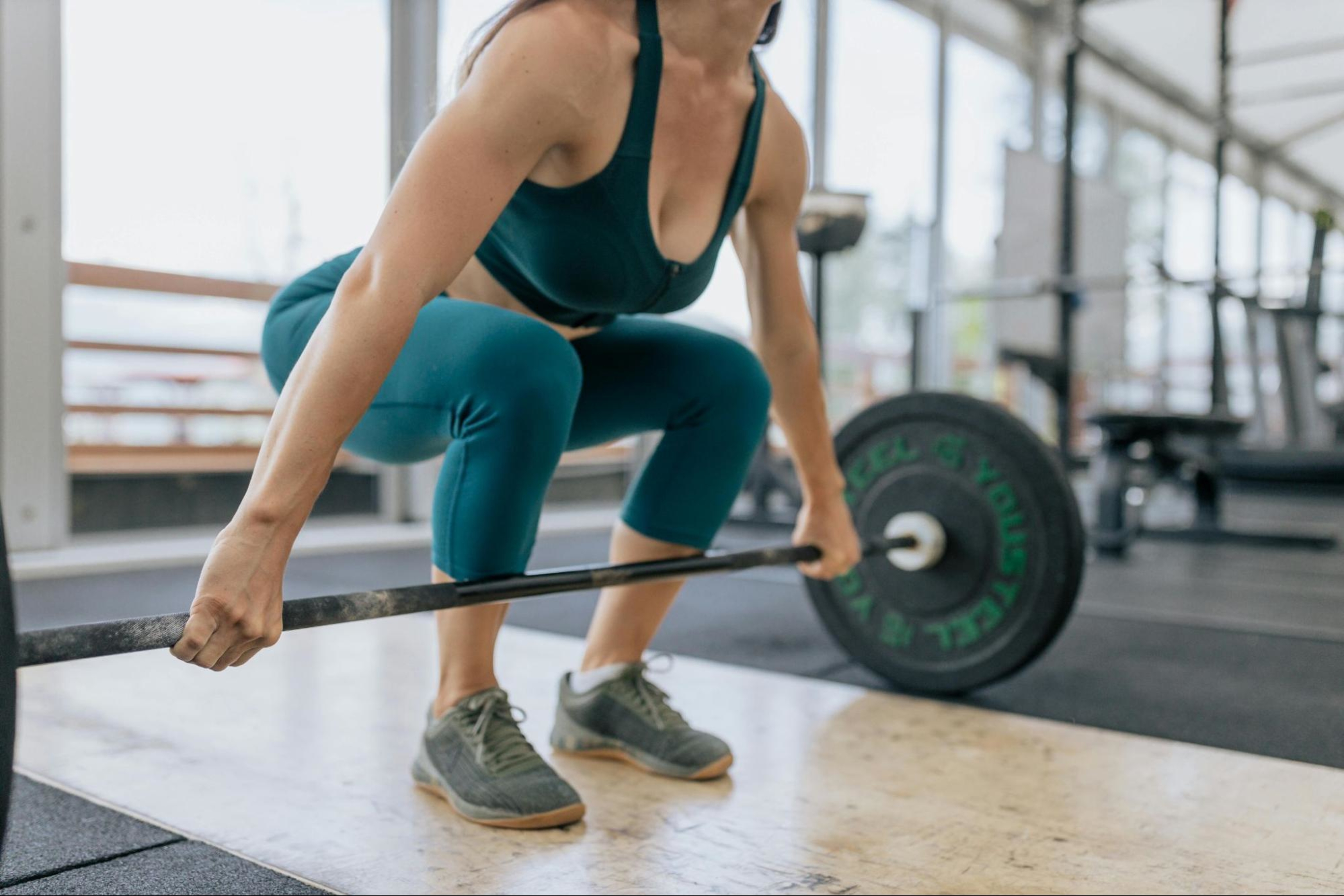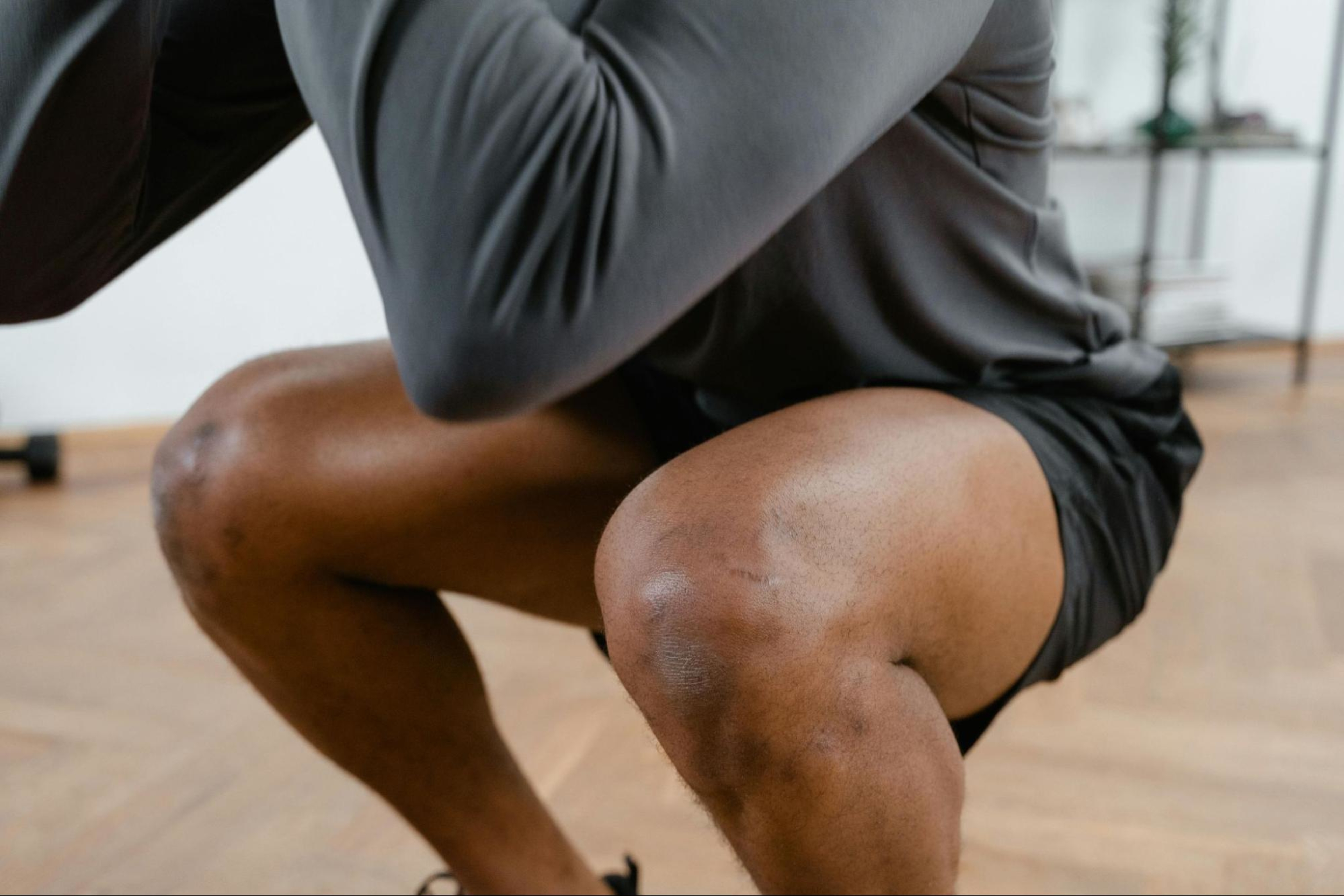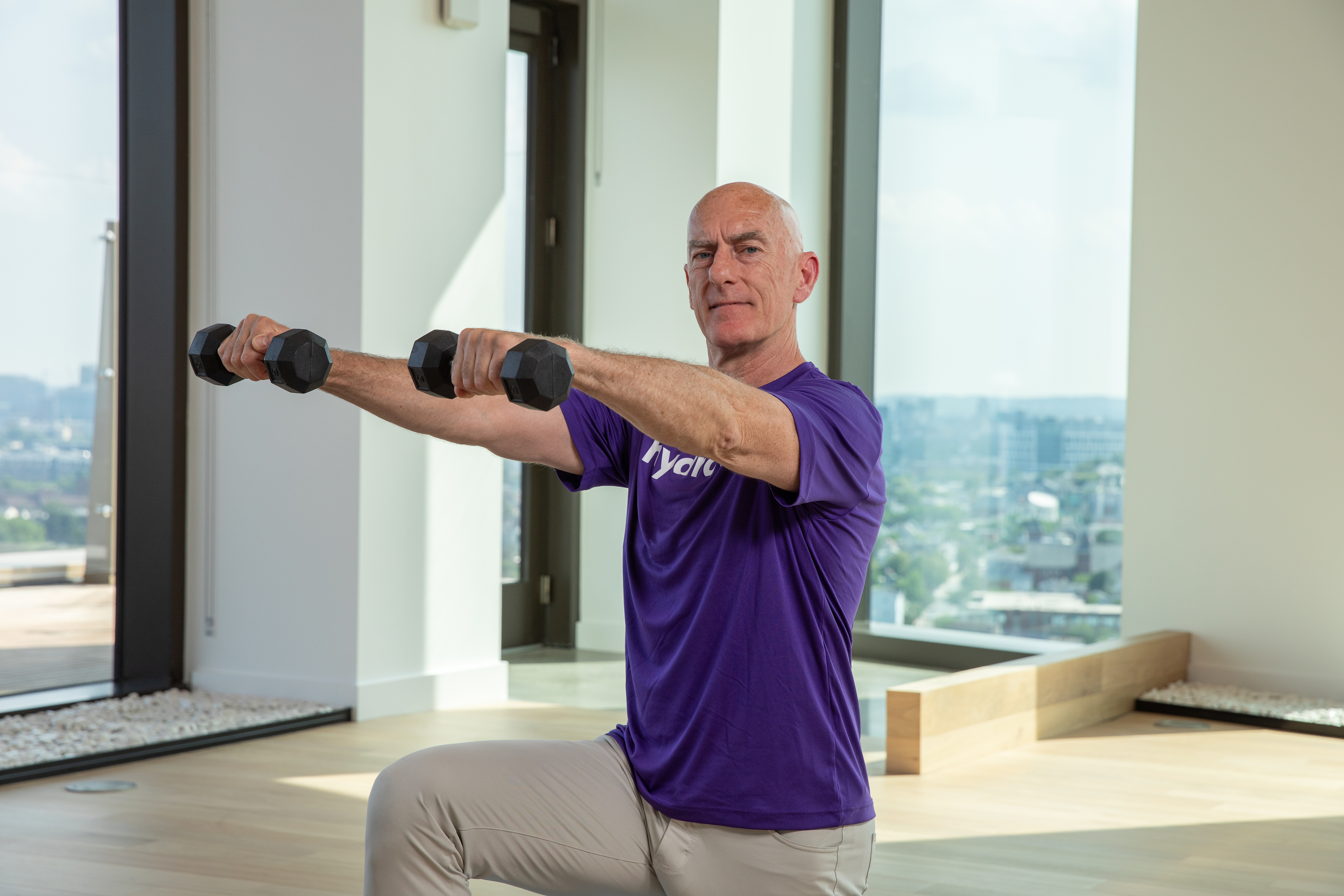How Long Does It Take to Build Muscle?

Whether you’re new to strength training or you’ve been consistently lifting weights for a while, it’s natural to wonder when you can expect to see your hard work pay off. So, exactly how long does it take to build muscle?
When you actually start to notice results depends on a number of factors, including your fitness experience, the intensity of your workouts, and even how much sleep you’re getting (yes, really!).
Keep reading to dive deep into how long it takes to build muscle mass, signs you’re building muscle, and some mistakes to avoid that might hinder your progress.
Factors that influence muscle growth
To build muscle, you’re of course going to need to do strength training workouts. But exercise alone isn’t the only factor that drives muscle growth.Other pieces of the puzzle include:
Diet: When you’re actively trying to build muscle—as opposed to maintaining muscle mass or eating for overall health—you’ll need to add more protein to your regular routine. Aim for at least 1 gram per pound of your body weight per day.
Training program: Building muscle requires consistency. The duration, frequency, and overall load of your workouts (aka how heavy your weights are and how many reps and sets you do) all affect the speed at which you’ll build muscle, according to the American Council on Exercise (ACE).
Age: Everyone naturally loses some muscle mass with age, so it becomes harder to build muscle (and even maintain what you already have) as you get older.
Sex: Higher testosterone levels and lower body fat percentages generally mean men build more muscle and build it faster than women, per the ACE.
Recovery: Your body restores and repairs your muscles during your downtime, including both rest days and while you sleep. Skimp on either of these crucial recovery steps, and you’ll have a harder time building muscle.
Training history: Beginners generally notice changes sooner than more experienced lifters because they have a higher ceiling for adaptations. More advanced athletes have to really fine-tune their muscle-building habits to continue to see gains.

Explore Hydrow's library of strength training workouts.
How long does it take to build muscle?
Technically, you’re building muscle all the time. That’s because your body is essentially always going through a process called muscle protein synthesis that turns protein you eat into muscle. In some studies, changes in muscle size are noticeable after just a week and certainly in the first month of dedicating yourself to a consistent strength -training routine.
But for the visibly noticeable gains you’re probably hoping for, you might have to wait more like three to six months, according to the ACE, especially if you’re an intermediate or advanced lifter. Beginners might begin to see noticeable muscle in as little as four to 12 weeks.
Factors that can speed up muscle growth
If you want to help your body along the way in this process, following these strategies can support muscle growth:
Get plenty of protein: Aim for at least 1 gram per pound of your body weight per day.
Strength train regularly: Try to work all your major muscle groups at least twice each week, according to the Physical Activity Guidelines for Americans. Three or four training sessions is likely to be even more effective.
Keep challenging yourself: A concept called progressive overload is key to continuing to build muscle. As you get more comfortable strength training, you need to adjust your routine by changing up which exercises you do, adding more weight, and/or completing more reps and/or sets. This helps you avoid a plateau in your muscle growth.
Schedule in rest days: Without at least one or two days off from weightlifting, your body won’t have the opportunity it needs to repair your muscles and build them back stronger (and bigger).
Get enough sleep: Aim for seven to nine hours a night for optimal health and recovery, according to the National Heart, Lung, and Blood Institute.

Efficiency for the win.
Work 86% of your muscles in just 20 minutes of rowing with Hydrow.
Signs you’re building muscle
Even if you don’t yet see bulging biceps or chiseled shoulders in the mirror, there are more subtle signs you’re building muscle. For starters, your usual weightlifting routine might start to feel easy, like you need to grab heavier dumbbells or do additional reps or sets to get the same burn you’re used to.
Daily activities that require strength, like lifting your toddler or a suitcase, might start to feel easier, too. And you might notice your clothes fit a little differently, because your muscles have grown and you may have also lost some body fat.
Common mistakes that can slow muscle growth
Because there are so many factors that influence muscle growth, it’s easy to slip up here and there. To stay on the path to gains, try your best to avoid these common mistakes that can hinder your progress:
Not eating enough: Some people cut back on calories when they try to build muscle, especially if they want to also burn fat. But you need to take in enough total calories to fuel your workouts and give your body something to turn into muscle, according to the National Academy of Sports Medicine.
Loading up on protein at only one meal: If you, say, skip breakfast, eat a veggie-heavy salad for lunch, and save your entire day’s worth of protein for a big dinner, you’re not going to see the same muscle-building gains as if you get some protein in every meal. Ideally, you should get 20 to 40 grams of protein at each meal so your body can use the protein more effectively to build muscle, per the NASM.
Going too easy or too hard: If you don’t continue to challenge yourself by increasing your weight, sets, and reps, your muscle gains will plateau. That said, if you overtrain, you could risk burnout, fatigue, or injury, which can also stall your progress.
Skimping on rest: Forgoing rest days and getting too little sleep can also make it harder to build muscle.
Train smart and stay motivated with Hydrow
In conclusion, building muscle takes more than just a strength-training routine. To see noticeable changes in muscle mass, you’ll need to stay dedicated to a structured workout plan while also prioritizing protein, recovery days, and sleep. It’s also key to keep challenging yourself so your muscles continue to adapt and grow.
Not sure where to start? Hydrow’s workout library is full of motivating strength training videos filmed in inspiring locations that can help you stay consistent. Even rowing can help: It works 86% of your major muscle groups!
Learn more about Hydrow today!

Real strength keeps moving
Learn how working out with Hydrow can help support a fuller, more active life.









